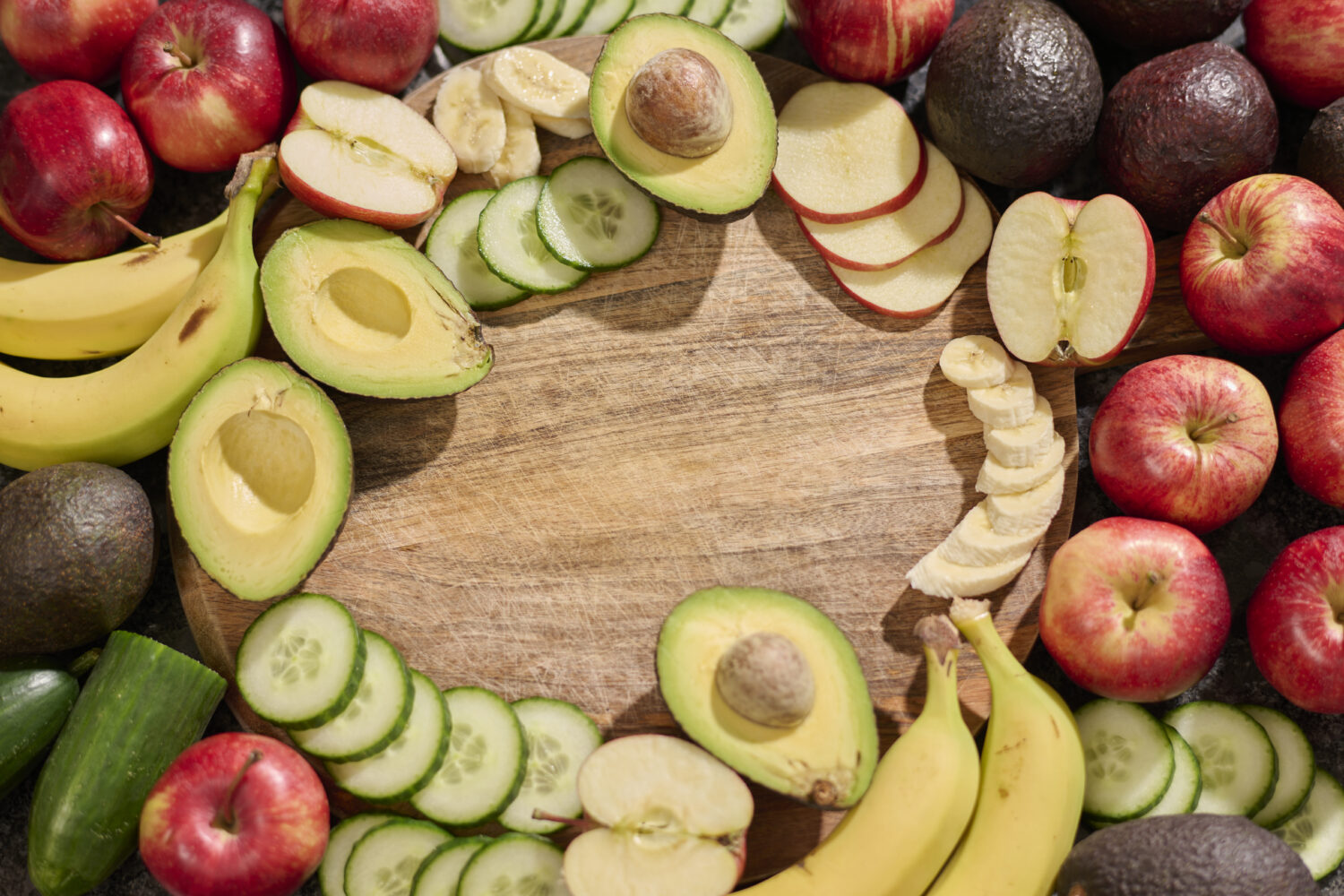
The need to address climate change has become increasingly urgent- a growing population is placing increased pressure on our food system and Governments are grappling to find solutions to improve health whilst protecting the environment. Our current food system consumes over two thirds of freshwater, uses a third of available land and is a major contributor to greenhouse gases.[1]
The food system is complex and trying to define a single model for sustainable and healthy eating is incredibly challenging- especially considering the huge variation in dietary patterns across the globe. Various models have been published such as the Eat-Lancet planetary health diet[2] and WWF Livewell [plate3], but these diets are far from what most people are currently eating.
Policy response
Despite a single model for a sustainable diet not being universally adopted, it is widely accepted that a diet based on plants is better for both health outcomes and the environment. There is general consensus that we need to consume less meat, less foods high in fat, salt and sugar and more fruits, vegetables and starchy carbohydrates.
If for example in the UK we met current Government Eatwell guidelines, this would deliver benefits for both the environment and our health. Modelling suggests that consuming the Eatwell diet would result in 45% lower greenhouse gas emissions, 4% lower water use and 51% lower land use,[4] as well as improving the health of the population.[5] However currently <1% of us meet these guidelines.
Some countries are leading the way and are looking to incorporate sustainability metrics into government dietary recommendations,– often seen as leaders in sustainable change, The Nordic Nations are soon to publish new dietary recommendations for both a healthy and sustainable diet.

Shifting diets
Despite a growing awareness of the benefits of eating a more plant-based diet, driving significant change is not easy. In a previous role I worked with behaviour change experts, and identified that people generally fell into three mindsets, those already making changes, those thinking about change and those not ready to change. We then explored potential levers to help make dietary changes attractive and easy.[6] Examples include product placement in store, online or even on menus, incentivisation, such as promotions and pricing and signposting.
Unintended consequences
Another complication is that not all plant-based products are the healthiest. Many lack essential micronutrients and can be high in fat, salt and sugar. Animal derived products currently make a significant contribution of key nutrients to the diet in the UK. As a consequence, reducing or omitting these foods entirely can make it harder to achieve recommended nutrient intakes without considered substitution, supplementation and fortification of products. As a nation the UK is not very good at taking supplements, with nearly half (46%) of young adults finding it difficult to remember to take them,[7] meaning fortification is crucial.
One example is Vitamin D. Currently 74% of intakes in the UK are obtained from animal derived products, so those following a primarily plant-based diet are likely to be lacking this important nutrient. A research study based on dietary modelling demonstrated that adequate Vitamin D intake cannot be achieved within carbon emission limits without fortification.[8]
The World Health Organisation has recognised fortification of foods as a key strategy to address widespread Vitamin D deficiency.[9]
The table below is taken from the National Diet and Nutrition Survey and demonstrates the significant amounts of some micronutrients obtained from animal derived foods and beverages.
| Nutrient | Contribution of animal-based foods in UK Diet* |
| Vit B12 | Typically found in animal derived foods |
| Vit D | 74% |
| Calcium | 47% |
| Selenium | 61% |
| Iodine | 61% |
| Zinc | 53% |
*Percentage contribution from ‘Milk and milk products,’ ‘Meat and meat products’, ‘Eggs and egg dishes,’ ‘Fish and fish dishes’ and butter. National Diet and Nutrition Survey (NDNS; years 9-11)

Credible fortification
As a result, there is a key role for considered fortification of everyday foods and drinks to close the gap on these important nutrients as diets shift.
This could be in animal substitutes such as meat analogue products and dairy alternatives, but also in everyday staples.
Brand opportunities
Some brands are already leading the way with considered fortification strategies including additional nutrients in their product. Alpro has a comprehensive approach ensuring their milk alternative products contain the micronutrients usually found in dairy as well as including other nutrients of public health concern such as iodine.
Britvic has a commitment to delivering vitamins as part of its healthy planet healthy people strategy. With most UK households purchasing fruit squash this is another approach to bridging this nutrient gap by maximising the nutritional profile of everyday products.
Ensuring nutrients are stable in product and deliver intended health benefits to the consumer is a key consideration. Therefore, understanding how micronutrients behave during processing, shelf life, right up to the absorption by the consumer is key to make a meaningful difference to people’s everyday diets.
To find out more about Morro Nutri – Microencapsulated Nutrients click here.
————————————————————————————————————————————————————————————————————
[1] British Nutrition Foundation, Sustainable diets Accessed October 2023 What is a healthy, sustainable diet? – British Nutrition Foundation
[2] The Planetary Health Diet – EAT (eatforum.org)
[3] WWF_Livewell_Plates_Full_Report_Sept2017_Web.pdf
[4] Carbon Trust (2016) The Eatwell Guide: a More Sustainable Diet. Available at: https://www.carbontrust.com/resources/the-eatwell-guide-a-more-sustainable-diet
[5] Cobiac LJ, Scarborough P, Kaur A, Rayner M (2016) The Eatwell Guide: Modelling the Health Implications of Incorporating New Sugar and Fibre Guidelines. PLoS ONE 11(12): e0167859. https://doi.org/10.1371/journal.pone.0167859
[6] Appetite for Change Healthy sustainable diets in a pandemic (windows.net) IGD July 2021
[7] Yonder conducted polling of 4,000 UK adults, commissioned by Xampla, from 12 August to 16 August 2022 to explore the current consumer demand for vitamins in beverages and understand the public’s awareness of vitamins within products and the health benefits associated
[8] Bruins, M.J.; Létinois, U.Adequate Vitamin D Intake Cannot Be Achieved within Carbon Emission Limits Unless Food Is Fortified: A Simulation Study.Nutrients2021,13,592. https://doi.org/10.3390/nu13020592
[9] WHO & FAO (Food and Agricultural Organization of the United Nations) (2006) Guidelines on Food Fortification with Micronutrients Guidelines on food fortification with micronutrients (who.int)


